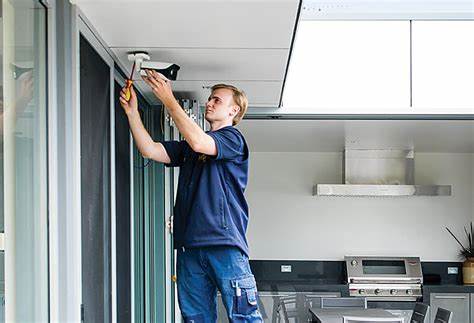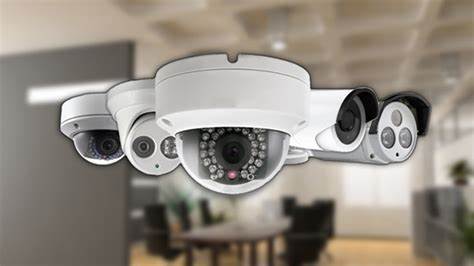Articles, Interesting Info
HOW TO CHOOSE THE RIGHT SECURITY CAMERAS FOR YOUR HOME
Security cameras can be an effective tool for keeping your home and property secure while you’re away.
Because every home is different, it’s important to choose the best security cameras to suit your family’s requirements. There is a perfect security camera for any location in and around your home that requires monitoring, offering a variety of designs and power options in addition to a wide range of practical features.
STEP 1: DETERMINING HOW MANY HOME SECURITY CAMERAS I NEED AND WHERE TO INSTALL THEM
To determine how many cameras you need for complete coverage, you first need to consider the size and layout of your home and land. The more entrance points or concealed corners there are, the more you might want to keep an eye on them. The following is a list of the most typical uses for security cameras:
– Access points such as front doors, locations close to first-floor windows, and garages
– Your property’s potential blind spots, such as a basement entrance or any shadowy nooks.
– Sheds, barns, or backyards.
– Your driveway, particularly if you park your vehicles there.
– Places in your home that your pets can access or other areas you wish to watch over while you are away or in another room.
You may count the number of security cameras you need and choose where to put them based on how many of these areas you have in your home. Consider your neighbors’ privacy as well as local regulations and ordinances when deciding where to place your security cameras.
STEP 2: WHAT KIND OF HOME SECURITY CAMERA DO I NEED FOR EACH LOCATION?
The next step is to take a closer look at each location to identify power sources and mounting alternatives once you know where you need to install security cameras. Here are some things to think about:
Mounting options: Some cameras come with stands so you can just set them down on a flat surface, but other cameras require mounting. Before you begin drilling, make sure you adhere to the rules established by your HOA or landlord, as appropriate.
Power Sources: Security cameras can be powered in a variety of ways, including hardwiring to a junction box, plugging directly into the grid, and even receiving power over Ethernet. In order to get started, be sure that each location has one of those sources. Additionally, you have the option of going wireless, but bear in mind that you’ll require access to change the battery. Additionally, there are designs where the battery is charged by a solar panel. You don’t need to swap out the batteries for this, but you will need to set the solar panel so it receives enough direct sunlight.
Access to the internet: Ensure that each location has a reliable WiFi signal. Otherwise, you might need to get some WiFi boosters. Alternately, if you have access to ethernet in some locations, you can select a camera that supports power over Ethernet (PoE).
Additional features: Consider what other features you could require in each location. You could need night vision if your property has any exceptionally gloomy sections. A camera with motion-activated LED lights will be an excellent choice if you could use a little extra illumination over a driveway or a sidewalk. A siren can be a useful component for added security.
WHY CHOOSE IROYAL?
Checkout what our satisfied customers have been saying about us here!



